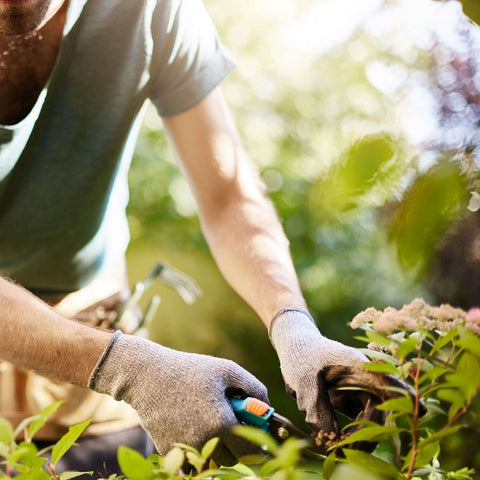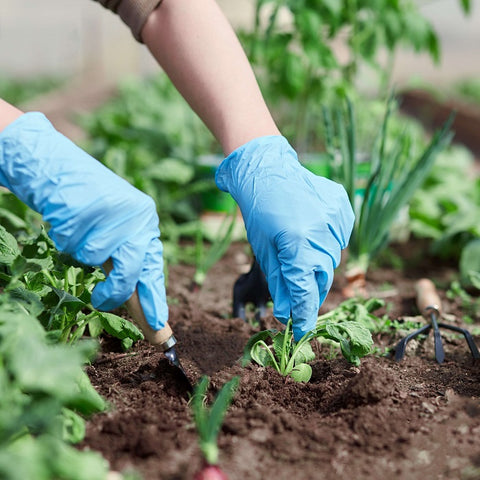By following these steps to start a garden, this is the second part, combined with the previous article you can grow a beautiful garden in your first year - no matter how big or small your space.The following content also has some reference value for raised garden beds.
Step 1: Weed
Weeds are easier to deal with when they are small. You can pull it toward you about a quarter of an inch below the surface of the soil to remove weeds from the roots. But if you catch weeds when they're still small, any kind of squeezing on the surface of the soil will knock the weeds down.
Make sure you don't accidentally weed your crops! Wait until your seedlings are large enough to clearly distinguish weeds before you start weeding. Make weeding a twice-weekly meditation (I do a little every day) rather than a half-day weekend drudgery. This habit will also help you build a relationship with the garden.
Starting a vegetable garden is easy, but really building a relationship with it takes time, a certain amount of slowing down and, well, paying attention. You just have to take my word for it, but when it happens to you, you'll see what I mean.
Step 2: Deal with the problem
I've found that, unfortunately, plant pest problems are usually worse when you start a garden than after it's been established for a while. This is because the soil is usually not as fertile and healthy as it is after several years of love, composting, and minerals, so the plants are more vulnerable. After a few years of healthy homemade composting and proper mineral feeding, your soil ecology will flourish and your plants will be strong and healthy, and therefore less attractive to plant pests.
Look closely, especially when your plants are small, for signs of insect damage: small holes chewed out of leaves, tiny black bugs crawling around, etc. (These could be flea beetles, see Plant pests article). If necessary, use natural pesticides such as soap spray (see Plant Pest article for the recipe) or neem oil, but confuse plant pests by planting small heads of flowers around, by mixing different crops (such as spinach and lettuce, or tomatoes and carrots) in one bed, in an effort to establish soil health and overall garden health. Learn to make compost and use lots of it.
Step 3: Start composting
Beginners usually ignore this step, but it's the most important! Growing vegetables is only half the equation - "growing" compost for your soil is the other half. Vegetables take nutrients from the soil, compost puts some of them back, but more importantly, it feeds the soil microbes that provide minerals to the plants, like a superior waiter. Don't rely on fertilizer to do the job. But depending on your soil needs, be sure to re-mineralize with natural minerals.
For a simple composting operation, you can start a pile of kitchen scraps in the corner of your yard and mix in some fallen leaves, grass clippings and coffee grounds from your local bistro. But if you use a compost bin, it's much more attractive and effective as long as you turn it every once in a while to air it out. You can build your own compost bin, or buy a black plastic bin, but whichever way you choose, start making food for your garden now.
Step 4: Harvest
Peas, spinach, radishes and lettuce are usually the first things you can harvest from your garden. I like to take a few leaves from the outside of lettuce and spinach and let them grow from the middle. Others prefer to harvest the entire tree and plant another in its place. Another method is to cut off the entire top and let the lettuce grow back through the roots (but this has always seemed a bit mean to me!.
As for tomatoes, you have to wait. They require a lot of heat, so you usually don't see red tomatoes until July or August. But, be careful! Suddenly, you can't run out of food, so you have to share it with your neighbors. Believe it or not, those little red plastic gizmos placed in the roots of plants actually speed up their maturation.
This is the most basic. Starting a vegetable garden is one of the best things you can do for yourself!
Now that you know the basics of starting a vegetable garden, I hope you'll follow your inspiration and get hooked on one of the most satisfying things a person can do.









